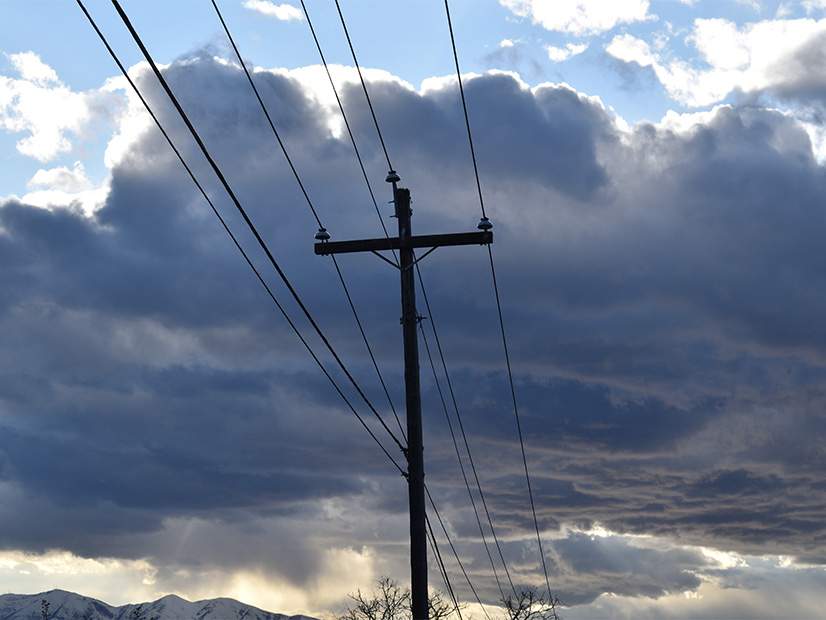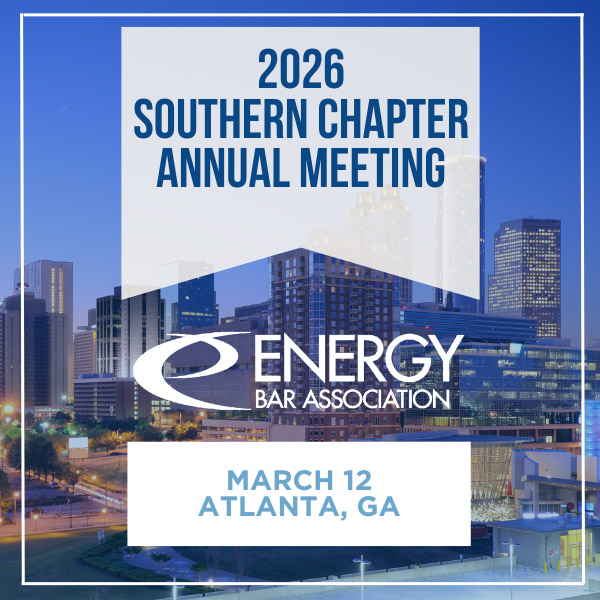
FERC on Feb. 20 denied without prejudice LS Power’s two petitions to recover costs in case it must abandon development of a 285-mile transmission line designed to deliver Idaho wind power to California, saying the developer failed to adequately show the project’s benefits.
The commission’s order covers the Southwest Intertie Project-North (SWIP-North), a 285-mile, 500-kV line being developed by LS Power subsidiary Great Basin Transmission at an estimated cost of $1 billion.
In July, Great Basin petitioned FERC for authorization to recover 100% of the costs if the project is abandoned due to events beyond its control. The developer also asked for an order allowing it to create a regulatory asset to defer recovery of pre-commercial costs “in which it will book costs for the project, incurred to date and going forward, that cannot be capitalized and would otherwise be expensed,” according to the FERC order.
However, the commission denied the request for declaratory order, finding Great Basin failed to meet the necessary criteria under FERC Order 679, which requires transmission incentive applicants to demonstrate that a project will ensure reliability or reduce costs associated with transmission congestion.
“We find that, based on the record in this proceeding, Great Basin has not demonstrated that the project qualifies for the rebuttable presumption at this time because the project cannot be said to have ‘result[ed] from a fair and open regional planning process that considers and evaluates projects for reliability and/or congestion,’” the order stated.
FERC approved a development agreement for the line between CAISO and LS Power on Jan. 21. The project, which will be jointly funded by CAISO and Idaho Power, will span northern Nevada and southern Idaho and link up with NV Energy’s One Nevada (ON) line to the south, providing 2,070 MW of transfer capacity southbound and 1,920 MW northbound. (See FERC Approves CAISO’s SWIP-North Development Agreement.)
Great Basin argued in its petition that it qualifies for the incentives under Order 679 because CAISO properly evaluated the benefits of the project in the ISO’s 2022/23 transmission planning process and the subsequent 2022/23 transmission plan.
FERC disagreed, saying that although CAISO discussed “potential benefits” of SWIP-North, the ISO did not “make any definitive findings and instead only recommended continuing its initial assessments,” according to the order.
“[T]here is insufficient basis in the record to demonstrate that CAISO fully considered and evaluated Great Basin’s Project for reliability and/or congestion relief through a fair and open regional transmission planning process leading to any of those conditional approvals,” FERC stated.
The commission denied the request without prejudice, giving Great Basin another chance to demonstrate the project fulfills FERC’s requirements for transmission incentives.
CAISO has agreed to fund about 77% of the project, equal to Great Basin’s ownership share, in exchange for operational control of the company’s entitlements on the line, which will equate to 1,117.5 MW of southbound capacity and 1,072.5 MW of northbound capacity, with the balance in both directions being allocated to NV Energy. (See CAISO Board Approves Moving Forward with SWIP-N Tx Line.)
In addition to facilitating transfers into California, the line offers Idaho wind power resources access to wholesale electricity markets in the Desert Southwest through the Desert Link line connected to the southern end of the ON line.
CAISO’s Board of Governors approved the development agreement during an October 2024 meeting despite opposition from some Idaho residents concerned about the path of the line.
In its filing with FERC, CAISO said it needed to pursue SWIP-North to support the California Public Utilities Commission’s resource planning portfolio calling for California load-serving entities to procure 1,000 MW of wind generation from Idaho. The ISO noted the proposed line is the only active project that would help fulfill that objective, making it the most timely and cost-effective option. The project is expected to commence operation in 2028.


